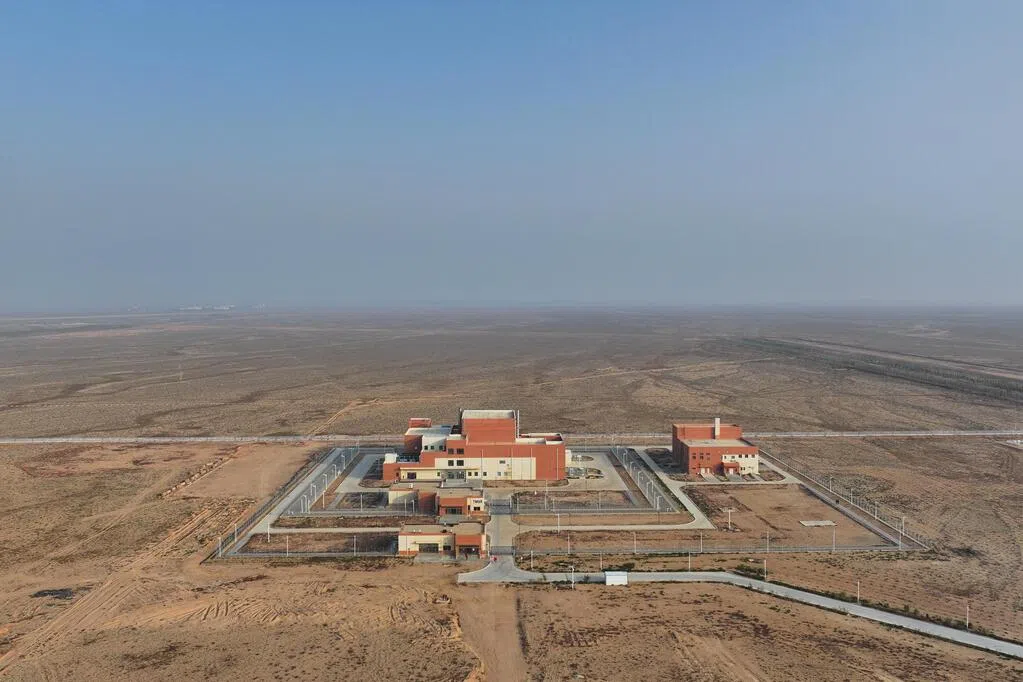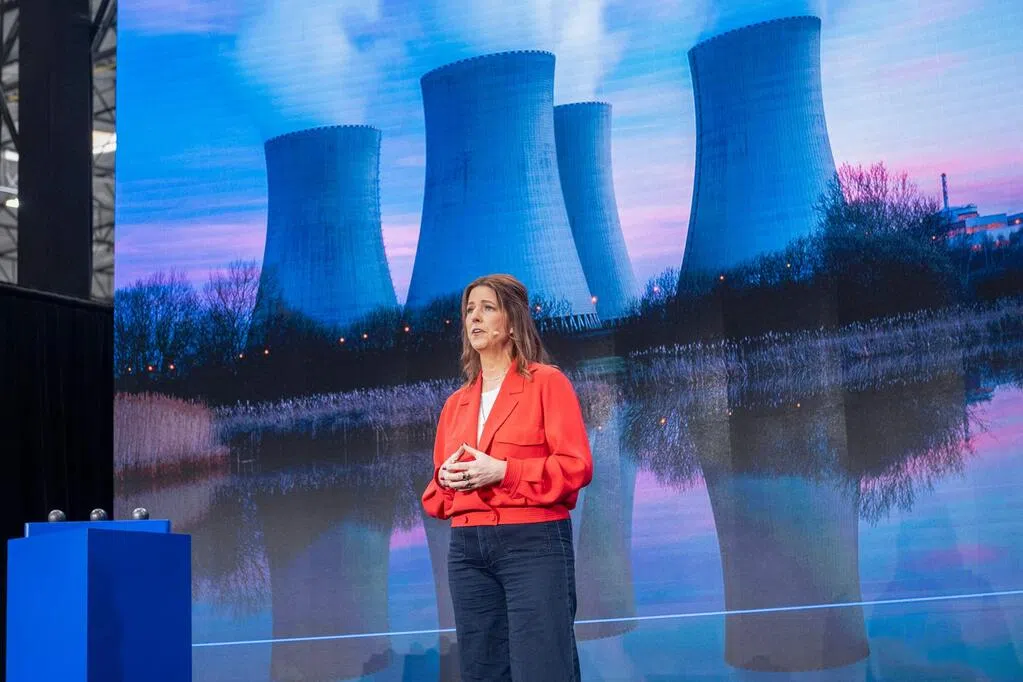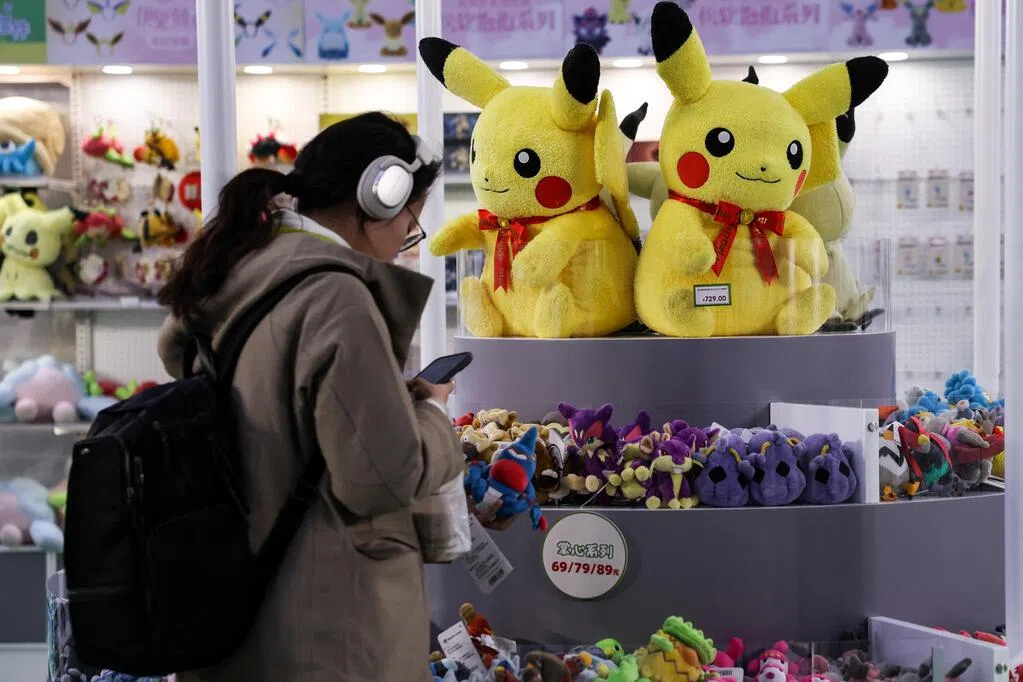To promote clean energy and the new Takashima municipal government's "100% domestically produced electricity" policy, the Niigata Prefectural Government on Honshu Island, Japan, intends to approve the restart of the world's largest nuclear power plant this week.
Since the Fukushima Daiichi nuclear disaster, Tokyo Electric Power Company (TEPCO) has been unable to restart its nuclear power plants due to public opposition.
Niigata Governor Hideyo Hanakazumi told officials on Wednesday (November 19) that he will hold a press conference this Friday (November 21) to formally announce the restart of Japan's largest nuclear power plant, Kashiwazaki-Kariwa, and seek approval from the prefectural assembly. If the prefectural assembly agrees, this will be the first time TEPCO has been approved to restart a nuclear power plant since the nuclear accident.
Since the Fukushima nuclear accident triggered by the Great East Japan Earthquake in March 2011, 14 nuclear power plants in Japan have resumed commercial operation, but most are concentrated in western Japan. Only Unit 2 of the Onagawa Nuclear Power Plant, operated by Tohoku Electric Power Company, has been approved to start in the east.
According to Japanese media reports, due to the shadow of the Fukushima nuclear accident, about 60% of the local population opposes the restart of the nuclear power plant. To quell these objections, Niigata Prefecture has been actively collecting various safety data regarding the restart of the nuclear power plant. In February, the prefecture's technical committee compiled a report on the safety management of the nuclear power plant, assessing 18 safety measures and concluding that "there are no particularly significant problems with the restart."
Further Reading


Reports indicate that preparations for restarting the Kashiwazaki-Kariwa Unit 6 nuclear power plant are in their final stages and are expected to resume by March of next fiscal year.
Given deficiencies in the plant's tsunami response measures and venting equipment, the Niigata Prefectural Government plans to request national funds from the central government to implement safety measures, including constructing evacuation routes in six directions around the plant and building indoor shelters within a 30-kilometer radius of the site.
Niigata Prefecture's restart of its largest nuclear power plant is related to Mayor Takashi's efforts to revive nuclear power after taking office. Her goal is to achieve 100% energy self-sufficiency in Japan as the fastest possible path through nuclear power.
The Nikkei reports that operating this unit could increase profits by 100 billion yen (approximately S$830 million) annually for TEPCO. More importantly, its power generation will help stabilize the electricity supply and demand in the Tokyo metropolitan area.
The Nikkei also quoted business leaders who believe that restarting the plant will help address the energy crisis. Tatsuo Yasunaga, president of Mitsui & Co., Ltd., who currently serves as chairman of the Japan External Trade Organization (JETRO), said: "The digital transformation of society and the advancement of artificial intelligence (AI) have led to an increase in electricity demand. From the perspectives of ensuring power supply, responding to geopolitical risks, and cost competitiveness, restarting existing nuclear power plants is crucial."













